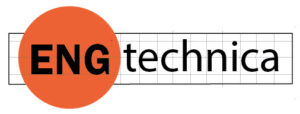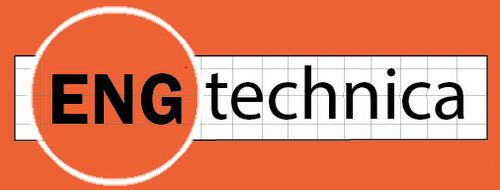
At AU2024, Autodesk announced that Forma, the AEC generative design app, was “connected” to Docs, allowing Forma Board to get visuals from Docs without having to have Forma. Forma Board is like PowerPoint and a view/markup app had a baby. You still need Forma to create the content, but with Forma Board, anyone can view and markup the content. It’s the much-copied Adobe Creator/Viewer model: pay to create, view for free.
A Review of Files vs Databases
With Docs getting so much attention, let’s review what it is, what it does and what it allows you to do that could not be done before.
Since there has been CAD, there have been CAD files. For AutoCAD, there were DWG files. Inventor also had a proprietary file format, as did Revit. Other vendors, SOLIDWORKS, Creo, NX and CATIA… all did, as well.
Then came this upstart, Onshape, which, instead of files, kept a database on the cloud – and because of that setup, they were able to do strange and wondrous things, like collaborate and version and the Holy Grail, the single source of truth. Okay, fine, whatever, said most CAD users. This strange cloud-based CAD program would not change how they were going to go about their business.
But while most of us were not paying attention to the back-room database vs. file debate, Autodesk was. And, without much of an announcement, Autodesk decided to favor a database approach. Perhaps they did not want to admit Onshape had the right idea all along.
At Autodesk’s annual user meeting, Autodesk University 2024, we were to find out just how seriously they were about going full database – instead of files.
The disadvantage of starting from a user base of zero was also its advantage. It afforded the startup the luxury of being able to change everything. An established CAD vendor cannot do that. It’s the old good news, bad news joke that is often told about Autodesk.
The good news: AutoCAD has a lot of users.
The bad news: Autodesk has a lot of users.
Get it? A large user base discourages innovation. A user base of millions is a million votes for preserving the status quo. For them, innovation is disruption.
Blowing Up Files
Autodesk wants to blow up our files. That might not be so bad.
With so much of the talk from the stage about data and the advantages of “granularity,” we had to ask what this meant for the CAD user and their files.
Answer from Autodesk: If we do this right, the user will never notice. The hard work is all on us.
Apparently, “doing it right” involves a lot of work for Autodesk. The organism that is the file is no more than a collection of cells. It is a total of the graphics and data of a CAD model. It can be broken down into its cells, stored in the cloud, and rebuilt in the same file – or, if the need arises, another file.
This collection of cells is what Autodesk confusingly calls Docs. We had previously associated “docs” with Microsoft Word files. “File” is the very opposite of “database” in this story, but let us finish.
Autodesk Docs is what Autodesk calls a “common data environment” for all in the AEC industry plus owners. The plan is for all Autodesk applications, including AutoCAD, Autodesk Construction Cloud, Revit, Tandem, Civil 3D, and Autodesk Workshop XR, to have their databases in Docs. Some are already there; the rest will follow.
Autodesk is not abruptly ending the use of files. The plan is that as long as file-based CAD programs exist, so will files. However, on the cloud (in Docs, in this case), there will be a parallel universe with the same drawings and models in databases, in other words, the database equivalent of the file. It will update automatically – any change in the file, say, caused by the Revit user, and the database in Docs will update automatically.
One advantage of the database, the cloud-based copy of the file, is that it can be accessed by those who would not be able to access the file. In the case of the Revit BIM model, these would be stakeholders, like owners, who have no access to Revit.
Like users of other CAD programs? Would Autodesk tolerate Bentley or Graphisoft users being able to access Revit databases, for example? There was no mention of different CAD programs expressly, but Autodesk has conceded more openness lately.
However, several Revit users could access the same database, even simultaneously. Such real-time collaboration by multiple teams and interests is vital for complex projects involving several disciplines and trades. HVAC guys, piping, structural steel, etc., all accessing one database, a single source of truth…
Sounds like heaven, right? But there is the devil in the details.
Autodesk University 2024 was all about selling the deconstruction of files into databases, and the most used word for the event was “data.” By the middle of day 1, “data” had knocked “AI” off the top of the podium by our rough count. By the end of day 2, it was no contest. Data was raining down on us.
Hurricane Data had touched down in San Diego.

